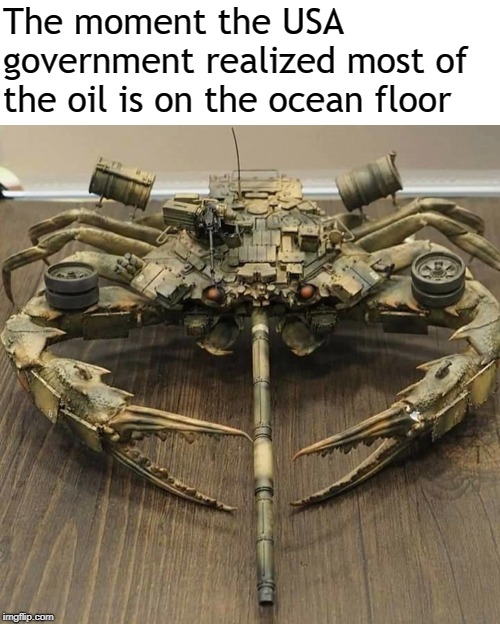

Hamilton assembled a group of powerful supporters to promote his plan, a group that eventually became the Federalist Party (Hofstadter, 1969).ĭisillusioned with Washington’s administration, especially its foreign policy, Jefferson left the cabinet in 1794. He believed that moneyed business interests in the New England states stood to benefit from Hamilton’s plan. Jefferson, a Virginian who sided with local farmers, fought this proposition. He aimed to have the federal government assume the entire burden of the debts incurred by the states during the Revolutionary War.
#MACHINE POLITICS DEFINITION SERIES#
Hamilton proposed a series of measures, including a controversial tax on whiskey and the establishment of a national bank. Hamilton and Jefferson differed radically in their approaches to rectifying the economic crisis that threatened the new nation (Charles, 1956). Washington’s vision of a government without parties, however, was short-lived. He appointed two political adversaries to his cabinet, Alexander Hamilton as treasury secretary and Thomas Jefferson as secretary of state, hoping that the two great minds could work together in the national interest. Upon taking office in 1789, President George Washington sought to create an “enlightened administration” devoid of political parties (White & Shea, 2000).

10, the first parties began as political factions. Despite Madison’s warning in Federalist No. The first American party system had its origins in the period following the Revolutionary War. The renewed parties of today are service-oriented organizations dispensing assistance and resources to candidates and politicians (Aldrich, 1995 Eldersveld & Walton Jr., 2000). In the twentieth century, parties underwent waves of reform that some argue initiated a period of decline. Parties evolved from factions in the eighteenth century to political machines in the nineteenth century. The endurance and adaptability of American political parties is best understood by examining their colorful historical development. Political parties have been likened to public utilities, such as water and power companies, because they provide vital services for a democracy. They help organize government leadership (Key Jr., 1964).

Parties develop and implement rules governing elections. Political parties are enduring organizations under whose labels candidates seek and hold elective offices (Epstein, 1986). How did American political parties develop?.What were James Madison’s fears about political factions?.After reading this section, you should be able to answer the following questions:


 0 kommentar(er)
0 kommentar(er)
